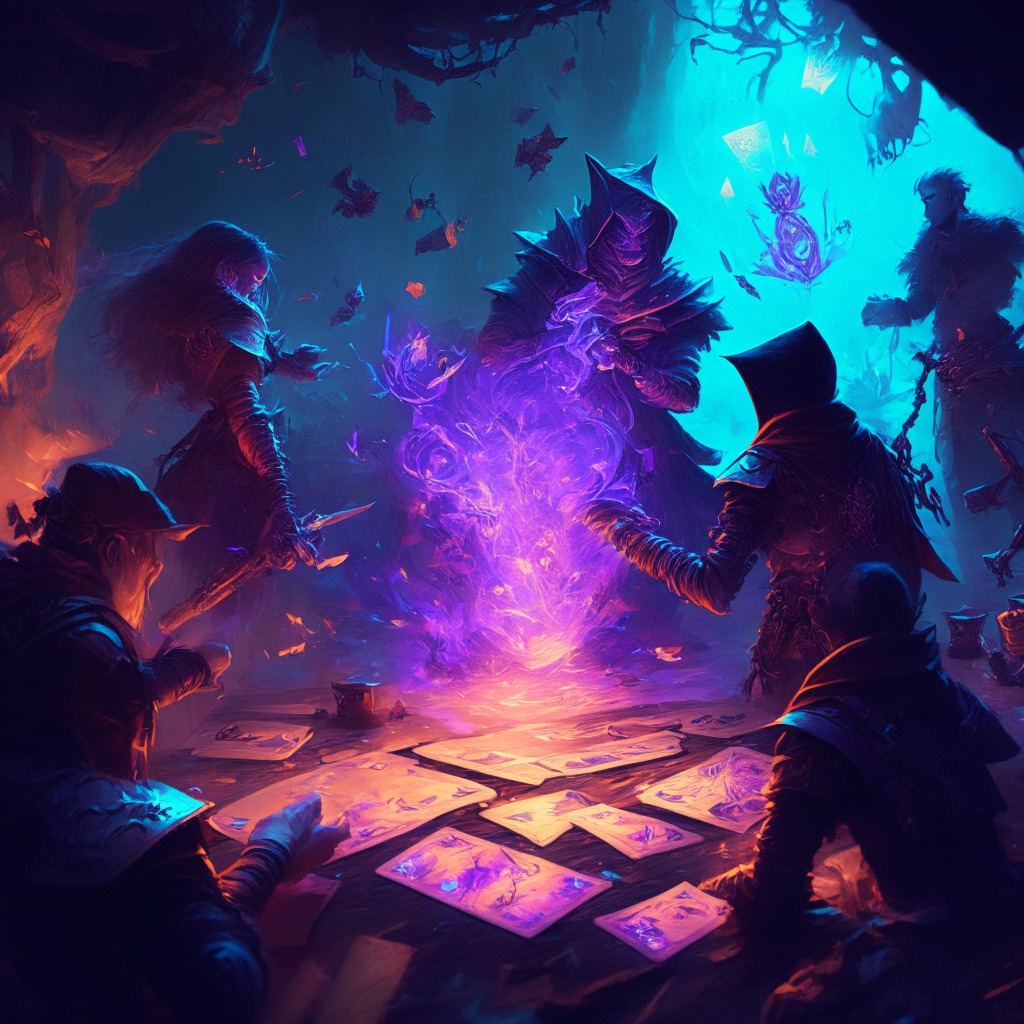Non-fungible token infrastructure enterprise, Palm Foundation, is taking robust strides to upscale its support for the creation and trading of tokens on its native Palm Network. Aiding this expansion venture are Ethereum sidechain developer Polygon Labs and Web3 tooling company Consensys; their collective effort will see Palm’s network morph into a Polygon Zero Knowledge (ZK) Supernet. A ZK Supernet is a flexible Layer 2 network, lending simplicity to the process of onboarding developers and users.
Palm’s expansion is not without considerations. A pivotal aspect to consider is user and developer onboarding. Polygon’s ZK Supernet supports this and simultaneously caters to projects aiming to upscale their Web3 enterprise maneuvers. Leveraging the Supernet, Palm Foundation anticipates an expansion in infrastructure across its existing 1.7 million wallet addresses, already comprising NFT collections from notable enterprises such as Major League Baseball, NASCAR, and WWE.
But what about governance? Andrea Lerdo, Palm Foundation’s Executive Director, has an answer: Decentralized Autonomous Organizations, or DAOs. These subdaos (as they’re known) will provide oversight to the respective communities within the broader Palm DAO.
However, with scaling comes the distinct challenges – keeping gas fees low while also enhancing transaction speed. Lerdo sees Layer 2 as a solution to this, providing the capacity to process transactions at a faster rate while maintaining Layer 1 security. This can bring a broader user-base into the realm of Web3 – with Palm Foundation positioning itself to onboard the next billion.
But not all focus is entirely on NFTs. The Palm Network, with its upcoming compatibility with Ethereum and Polygon 2.0, is offering a helping hand to projects looking to venture beyond NFTs. Jordi Baylina, co-founder of Polygon, mirrored these sentiments and highlighted how the low cost, high speed, and flexible nature of Polygon Supernet make it an apt network for the Palm Foundation’s aspirations of expanding access to NFTs.
The Palm Foundation’s initiative, however, stands with an evident timeline. Slated to begin integration to a Proof-of-Stake blockchain by August 1, it will complete its migration to a ZK Supernet in 2024. Finally, alongside network supervision, the Palm Foundation also serves as the governance authority for Palm NFT Studio, recently rebranded as Candy Digital after a merger with the same, thereby exuding a broader influence in the Web3 and NFT ecosystems.
Source: Coindesk




